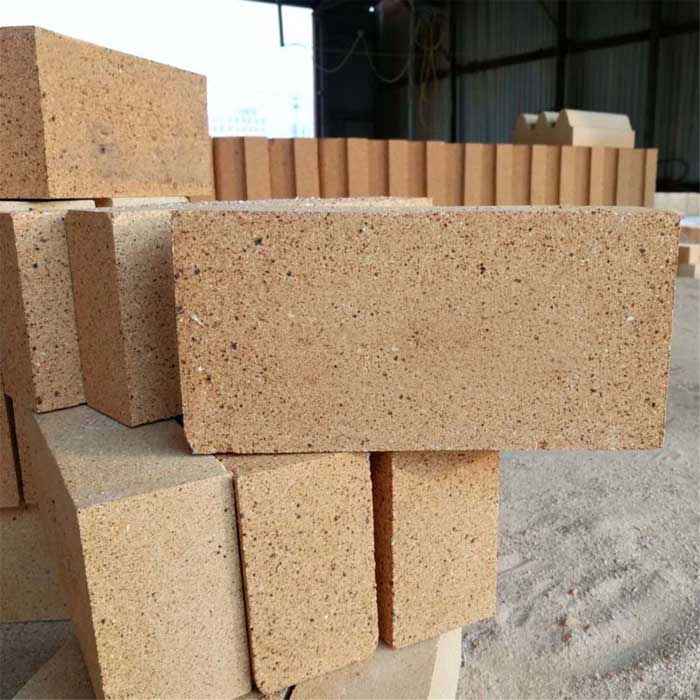Refractory (Fire Bricks)
- Home
- Refractory (Fire Bricks)
- Concrete Chimney for Factory
- Bridge and Viaduct Pillar
- Continuous Emission Monitoring Systems
- Concrete Silo Solutions
- Crane Solutions
- Minaret (Sliding mold) Solutions
- New Cement Factory Construction Solutions
- Old Cement Factory Restoration Solutions
- Post Tension Solutions
- Power Plant (Thermal, Solar, Energy, Wind) Solutions
- Raw Meal Silo Solutions
- Sliding Mold Solutions
- Steel Construction Solutions
- Treatment and Digestion Silo
- Slip Form Solutions
- Special Production Machinery Manufacturing
- Freight Elevators
- Waste Water Treatment Plant
- Refractory (Fire Bricks)
- LNG Terminal
- Climbing Formwork Solutions
What is Refractory?
Refractory is defined by the International Organization for Standardization ISO as “materials capable of withstanding high temperatures and the physical and chemical effects of solids, liquids and gases at these temperatures”. To summarize briefly; Refractory materials are fire resistant materials. They withstand high temperatures for a long time. An example of this is refractory bricks. Refractory furnaces made of these bricks are used in industry for many different purposes. However, the answer to the question of what is refractory is not only refractory brick. The scope of this definition; It can be said that non-metallic materials can be used at temperatures above 538 °C without deteriorating their chemical-physical structure. refractories; does not shrink or expand when exposed to high temperatures. They preserve their chemical structure and do not form cracks. The main materials used in refractory production are: Aluminum, Silicon and Magnesium. However, what these materials will be and their composition are decided according to the area and purpose in which the refractory will be used.

What are the Properties of Refractory Materials?
The properties of refractory materials vary according to their chemical resistance and production methods. refractories; It is divided into three groups as acidic, neutral and basic. Acid resistant refractories; It mainly contains aluminum and silicate. They are not affected by other materials with acidic properties. But base materials can easily corrode them. The opposite is possible for basic refractories. The ratio of SiO2 to basic components determines the acidity of the material. Neutral refractories are also resistant to both acidic and basic materials. Refractory materials are divided into several categories according to their production method. Among them, the main production methods are: dry press method, manual production, casting and monolithic production.
- High Quality Systems
- Fast Building
- Experienced Team
Importance and Uses of Refractory Materials
The demand for building materials is increasing day by day. This situation creates the need for the development of new technologies. Concrete is the most important material used in the construction industry. Concrete; It is exposed to various external factors such as abrasion, freezing, thawing, chemical environments and dynamic loads throughout its service life. One of these external factors is; is high temperature. When concrete is exposed to high temperatures, its strength decreases. Especially when the temperature exceeds 200°C, damages begin to occur in the concrete structure. For this reason, the concrete used in production conditions involving processes that require high temperatures must have a high thermal resistance due to the high heat to which it will be exposed. Concrete used in many industrial applications is exposed to high temperatures as well as abrasion and harmful chemical effects. Mechanical and chemical abrasions with temperature accelerate the deterioration process. As a result, the service life of the concrete is shortened and expensive repairs are on the agenda. In order to prevent these situations, it is important to use refractory materials in places where the temperature is high.
Refractors are often used in industries that require high temperatures. It is preferred when metallic materials are expensive or cannot be used. Today, approximately 70% of the iron and steel industry uses refractory materials. However, refractory; It is generally used in the construction of furnaces, reactors, igniters and furnaces. Apart from this, they can also be used in glass making, fire shields and missile platform construction. Main areas of use:
lFurnaces used for melting and operating metals.
lGlass melting and ceramic firing furnaces.
lGarbage incineration plants.
lFurnaces used for annealing and hardening process.
lCement industries.
